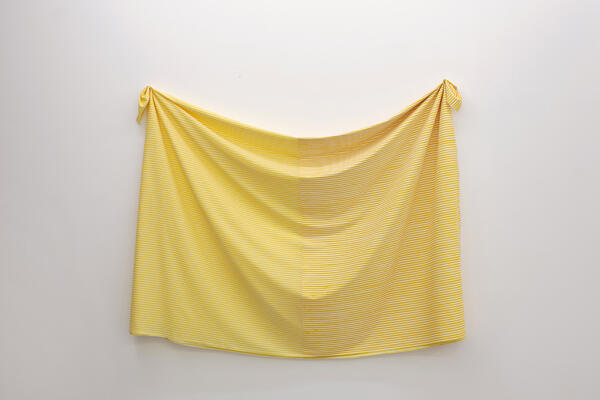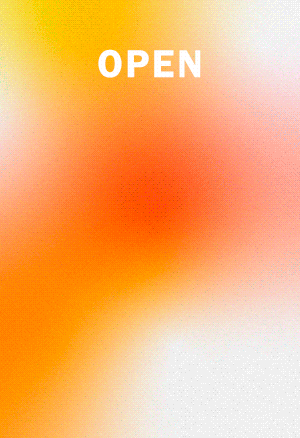Cinthia Marcelle
Bendana Pinel, Paris
The new generations abide by icons and images: they try to convey ideas. Each artist, in his/her day, has a particular concern; at present these concerns are marked by a modernism that is dissolving. Cinthia Marcelle nourishes a temperament pervaded with irony.

An observer of everyday life, this artist attributes special importance to the movements, displacements and discontinuity generated by contemporary society. Inspired by the media and by the complex relationship between public and private spaces, Marcelle explores and exhibits that reality, which she transmutes into forms, and she faces the visitor with the paradoxes of present-day society.
Her recent production consists in a combat with political actions and expressions, which she distorts and transforms into a personal and symbolic language. Cinthia Marcelle directly tackles the task of crystallizing images which, using manipulation in the manner of happenings, are aimed at creating relationships between different coincidences. Whether designed to organize demonstrations − Grey Demonstration− or to become fused in the walls of Cape Town − Stay − these works, inspired by the present time, are at the same time familiar and enigmatic. They are presented in the first place as spirited visual proposals and they examine the way in which visual information is constructed, presented, and perceived by the viewer.
In her first solo show at Bendana Pinel Gallery, Paris, entitled “com-contra-de-desde”, Cinthia Marcelle −Belo Horizonte − takes her exploration of the gesture, which began the past July in Rio de Janeiro, to greater depths. On lined fabrics of industrial origin, the artist redraws the trajectory of the lines in the opposite direction, changing the chromatic order of the material. The exhibition broadens the sculptural exploration of the material and its interaction with the space, a complement of the gesture, studied to the slightest detail.
Cinthia Marcelle uses different languages such as drawing, photography, video and performance to capture in a poetical and formal way the events she herself organizes and directs. Her work inquires with singular intensity into the issues of the body, color, and the interactions among people in different times-spaces. Marcelle disturbs in a discreet or a spectacular way the course of events, thus developing fictitious connections and unexpected coincidences. She uses repetition and the absurd as an artistic strategy, and geometry to create an abstract manifesto on politics and economics, which subversively reflect social behavior and structures. Her work inquires into the processes of visual perception. It stimulates doubt and our capacity to observe and analyze. Vision is a form of intelligence, and identification is a kind of well-being. Her images comfort us in terms of our feeling of familiarity, but above all, they make us capable of reversing the process of identification.
The utilization of simple materials to create a world in which reality appears to be transformed is one of the main characteristics of the work of Cinthia Marcelle, and so is the physical experience, the direct encounter with the installations, objects or situations she has created or organized. In some of her works she addresses environmental impact and adopts an aggressive stance with regard to the consumer society. Apparently simple and crude but rich in meaning, hers is an oeuvre featuring sophisticated comments on the social condition, presented as moments in present-day society, and it has become a reflective warning on the part of the artist.
The exhibition appears to be paradigmatic in terms of the reflection posed by all the pieces it features. Thus, the questionings concerning the already-established perception, and movement, are present in the de-contextualized revisions, sometimes abstracted from the works, and in the “leitmotif” video − a broom dance. An ambitious artist, her work reveals a pregnant artistic maturity in which the construction of the pieces, conceptual in their orientation and developed from a formal and thematic point of view, is based on a concern with the perfection and precision invested in their making.
-
 Untitled, 2011. Acrylic on industrial fabric, 47.2 x 67 in.
Untitled, 2011. Acrylic on industrial fabric, 47.2 x 67 in.
Acrílico sobre tela industrial, 120 x 170 cm.




